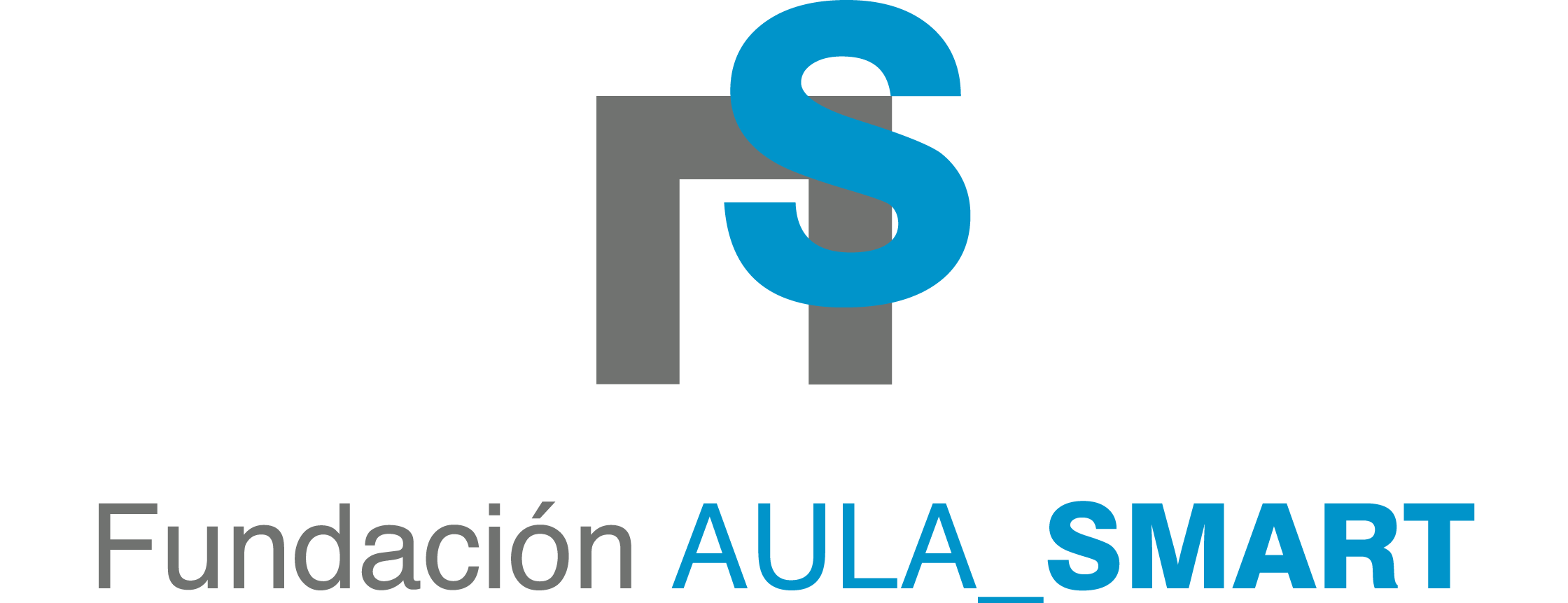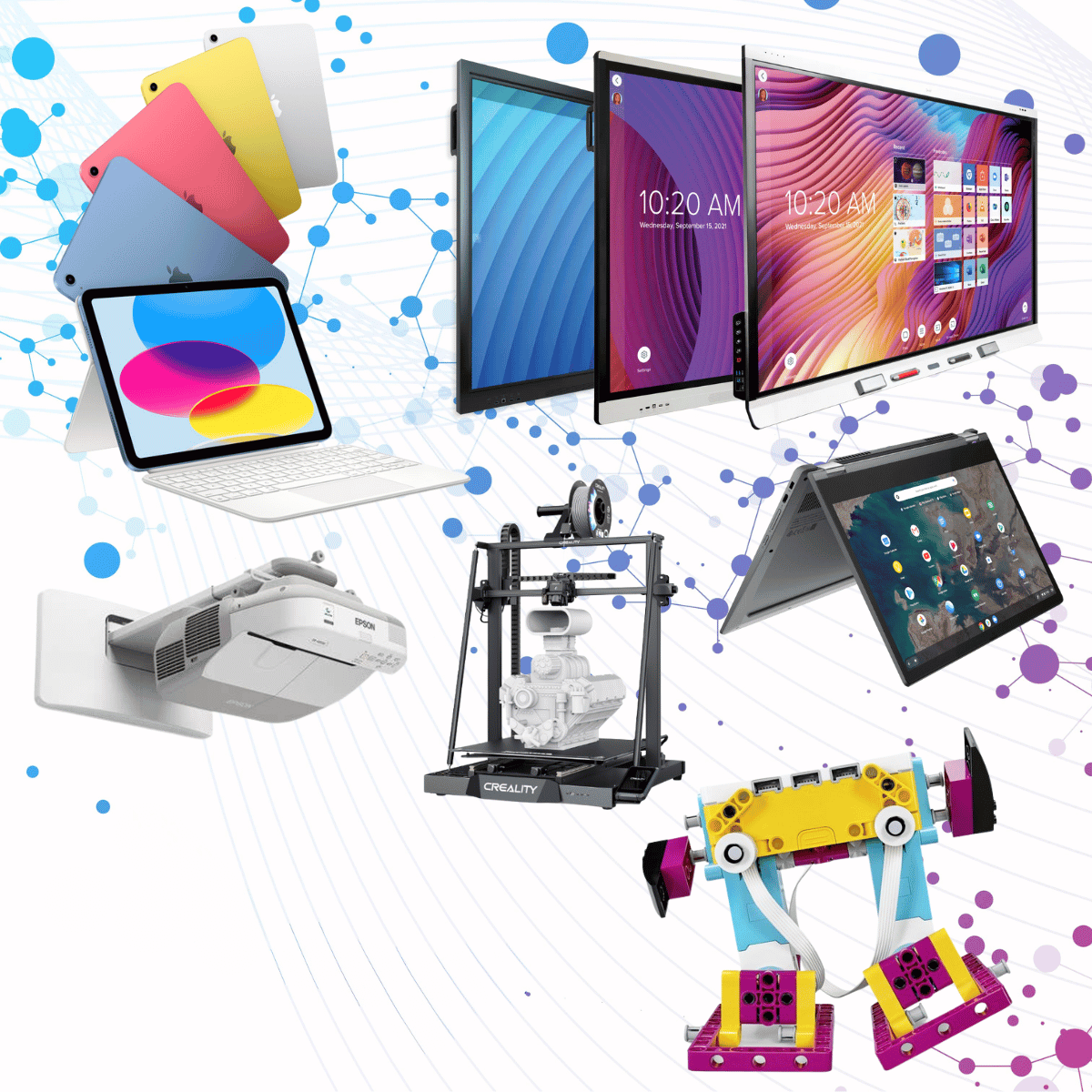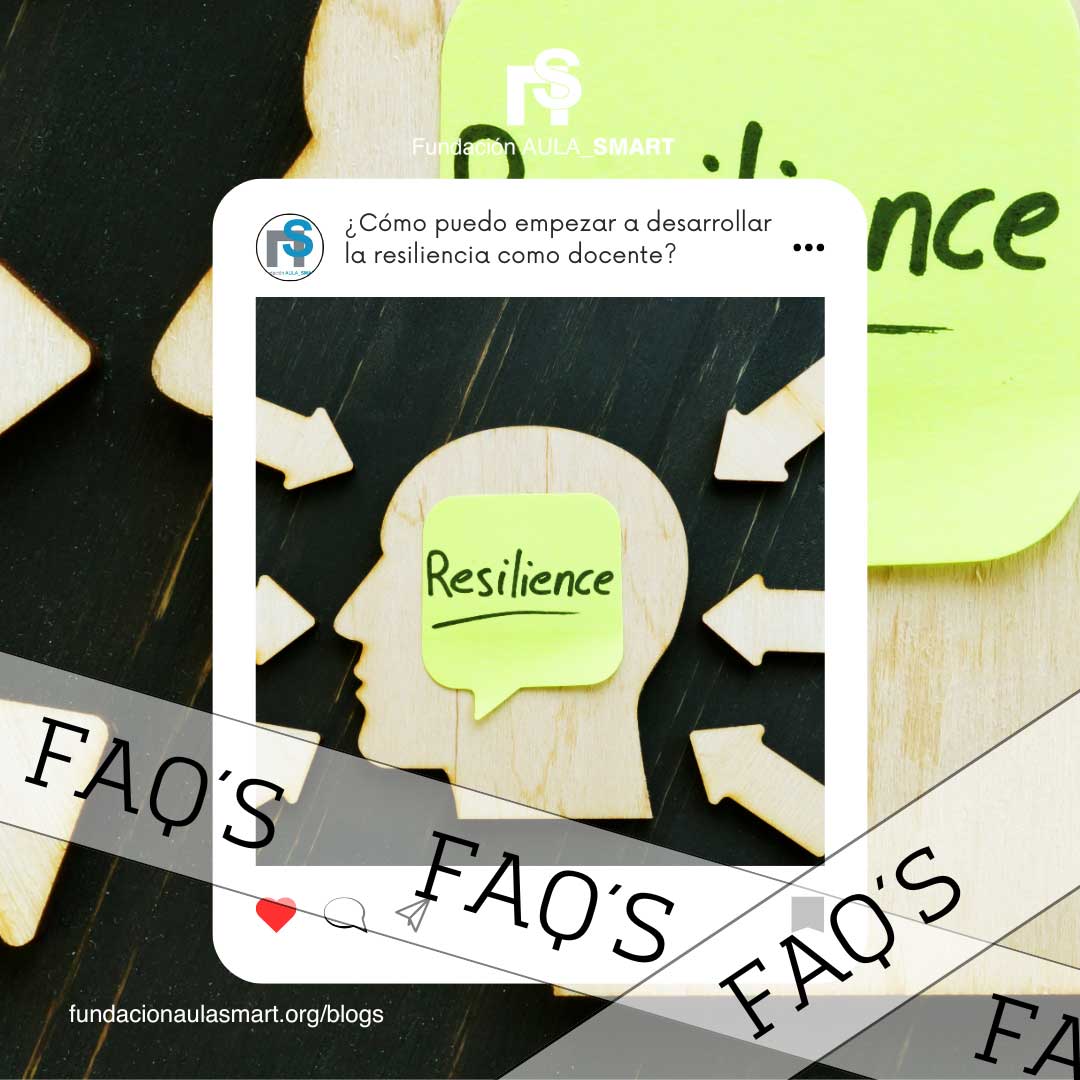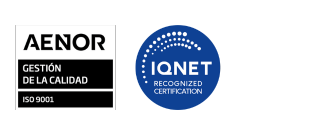The hybrid model, which combines face -to -face and virtual teaching, is transforming education by offering flexibility and access to diverse resources. However, its effective implementation requires the identification and measurement of key indicators that allow evaluating their success. In this article, we will explore the main indicators that help determine if a hybrid model is fulfilling its educational objectives and how they can guide continuous improvements in pedagogical practices.
1. Active participation of students
One of the pillars of success in a hybrid model is the Active participation of students, both in face -to -face and virtual activities. This implies more than simply "attending" classes; It is about getting involved in discussions, collaborating with colleagues and completing tasks effectively.
Specific participation indicators:
- Assistance Rate: Monitor how many students participate regularly in face -to -face and virtual sessions.
- Interaction in virtual platforms: Measure the frequency and quality of contributions in forums, chats and other collaborative tools.
- Delivery of tasks: Evaluate the punctuality and quality of the tasks delivered in both environments.
Practical example: A teacher can use platform data such as Google Classroom or Moodle to analyze the number of messages sent by students, hours dedicated to educational resources and their interaction with the material.
2. Improvement in learning results
A successful hybrid model must ensure that students not only participate, but also achieve significant improvements in your learning. This is evaluated by a combination of qualitative and quantitative metrics.
Specific learning indicators:
- Academic Performance: Compare the qualifications obtained before and after implementing the hybrid model.
- Formative evaluations: Analyze the continuous progress of students through questionnaires, exercises and personalized feedback.
- Practical skills: Observe the ability of students to apply theoretical knowledge in real situations, both in digital and face -to -face environments.
Practical example: If a group of students demonstrates an increase in their ability to solve complex problems after receiving instruction through virtual simulations, this would be a clear indicator of model's success.
3. SATISFACTION OF STUDENTS AND TEACHERS
The level of satisfaction of those involved in the educational process is another fundamental aspect to measure the success of the hybrid model. If both teachers and students feel comfortable, they value methodology and perceive benefits, the model is more likely to be sustainable and effective.
Specific satisfaction indicators:
- Satisfaction surveys: Collect opinions of students and teachers about the clarity, accessibility and utility of the hybrid model.
- Retention rate: Identify how many students and teachers continue to actively participate in the hybrid program over time.
- Qualitative comments: Analyze open opinions about aspects such as the ease of use of digital platforms or the quality of class interactions.
Practical example: A school can implement quarterly surveys to understand how students perceive the balance between face -to -face and virtual activities, and if they feel that their educational needs are being covered.
4. Flexibility and equitable access
The hybrid model must also be inclusive and ensure that all students have Equitable access to educational resources. In addition, their flexibility must allow participants to adjust learning to their needs and contexts.
Specific access and flexibility indicators:
- Resources availability: Verify that all students have access to devices, Internet connection and necessary educational materials.
- Model adaptability: Analyze whether hybrid strategies conform to students' circumstances with different needs, such as those in rural areas or with disabilities.
- Equitable participation rate: Measure if all students, regardless of their contexts, participate in virtual and face -to -face activities.
Practical example: An institute that provides devices and guarantees connectivity to students with limited resources can monitor their participation and compare the results with other students.
5. Efficiency in Teacher Management
The effectiveness of a hybrid model also depends on teachers' ability to manage it efficiently. This includes the design of activities, the management of technological tools and coordination between the face -to -face and virtual components.
Specific Teacher Management Indicators:
- Effective technology use: Evaluate teachers' ability to integrate digital tools into their classes.
- Time invested in preparation: Analyze if teachers can manage their workload without unnecessary overloads.
- Teacher Training: Measure the amount of training and their impact on the performance of teachers.
Practical example: A school can track the participation of teachers in technological training programs and then evaluate how they apply that knowledge in the hybrid classroom.
6. Impact on the development of key competencies
Finally, a hybrid model must go beyond traditional academic learning and promote the development of transversal competences essential for the 21st century, such as problem solving, effective communication and autonomy.
Specific competency development indicators:
- Soft skills evaluations: Implement tools that measure improvements in areas such as teamwork and time management.
- Interdisciplinary Projects: Analyze the quality of the projects carried out by the students, which integrate multiple skills and knowledge.
- Autonomy in learning: Observe if students show greater initiative and self -regulation in their educational process.
Practical example: A project in which students work as a team to solve a real problem, using digital tools and presenting results collaboratively, can be an indicator of the development of these skills.
Conclusion
The success of a hybrid model lies in a comprehensive approach that combines the Active participation of students, the Improvement in learning results, the participants' satisfaction, the Equity in access, the Teaching efficiency and the KEY COMPETENCY DEVELOPMENT. These indicators not only allow to evaluate the effectiveness of the model, but also guide continuous adjustments to ensure that this educational approach remains relevant and beneficial in a constant change.
Implementing constant monitoring and adaptations based on these indicators will help the hybrid model not only be successful, but also sustainable and scalable over time.


















Leave a comment
All comments are moderated before being published.
This site is protected by hCaptcha and the hCaptcha Privacy Policy and Terms of Service apply.